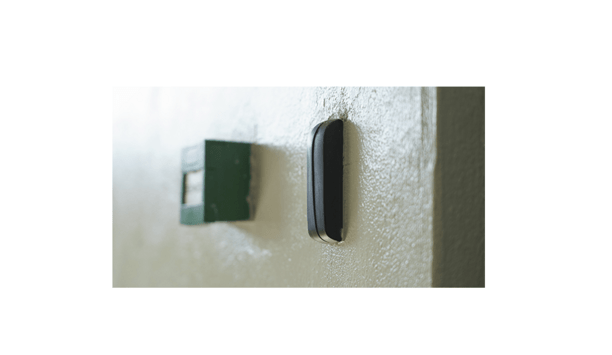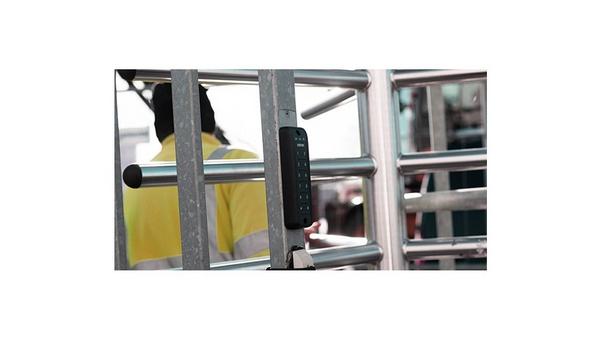The ten photovoltaic panels for the JUICE mission (JUpiter ICy moons Explorer) are ready. JUICE is the most ambitious mission of the Cosmic Vision space programme of the European Space Agency (ESA), for which the Italian Space Agency (ASI) participates with an important contribution.
Leonardo photovoltaic panels
Airbus, as the prime contractor, is developing and building the JUICE spacecraft. Leonardo will deliver the panels to Airbus Defence and Space Netherlands, which is developing the solar arrays for the interplanetary mission. Even during the COVID-19 emergency, Leonardo guaranteed the continuity of its activities, respecting the timeline of the supply.
With the production of the JUICE photovoltaic panels, Leonardo not only confirms, but exceeds its technological leadership that was previously achieved with the Rosetta mission. JUICE’s panels cover a total area of 85 square metres, becoming the largest ever built for an interplanetary mission.
JUICE mission
JUICE mission, scheduled to launch in 2022, will study Jupiter and its three icy moons, Ganymede, Callisto, and Europa
JUICE mission, scheduled to launch in 2022, will study Jupiter and its three icy moons, Ganymede, Callisto, and Europa, which are considered to be of great interest due to the presence of vast oceans beneath their surface. The surface and inner layers will be explored in search of conditions favourable to life.
To reach Jupiter, JUICE’s journey will take almost eight years during which the solar panels will guarantee the energy necessary for the on-board instrumentation. At its destination, the probe will be about 780 million km away from the Sun, and will have to operate in extremely critical conditions.
Jupiter’s moon missions
Jupiter’s distance represented a challenge that required the study and implementation of specific and optimised technologies which are able to operate with temperatures as low as -230 degrees Celsius and in conditions of almost no light (about one twenty-seventh of that arriving on Earth).
The constant generation of power is in fact an essential requirement without which the mission would not survive, failing all its objectives.
JANUS optical telescope and MAJIS infrared spectrometer
For the JUICE mission, in addition to supplying the photovoltaic panels, Leonardo participates in the production of the JANUS optical telescope and the MAJIS infrared spectrometer, both highly technological scientific instruments of great importance to the mission.
JANUS is developed under the responsibility of ASI with the contribution and scientific guidance of INAF (National Institute for Astrophysics). MAJIS is developed by the French institute IAS and funded by CNES and ASI.
European Service Module
The European Service Module, powered by Leonardo's photovoltaic systems, will transport the Orion capsule
Activities continue at the Nerviano plant (Milan) with the construction of the photovoltaic panels of the European Service Module that ESA will provide to the Orion shuttle, as a contribution to NASA’s ARTEMIS programme for the safe return of man on the moon.
The European Service Module, powered by Leonardo's photovoltaic systems, will transport the Orion capsule, guaranteeing the astronauts housed inside the shuttle a safe and comfortable journey.
ARTEMIS programme
Leonardo has already provided the panels for the first two missions of the ARTEMIS programme, scheduled for 2021 and 2023, which aim to verify and test the complex integrated transport system between the Earth and the Moon.
Furthermore, activities for the solar panels of the third ARTEMIS mission have just begun, the launch of which is scheduled for 2024, and it will bring the next man and first woman back to the lunar soil, more than half a century after the historic 1969 landing.
Leonardo has over ten years of expertise in the field of photovoltaic generators and power units, developed by participating in numerous international missions such as: Herschel, Planck, Lisa Pathfinder, GAIA, Aeolus, COSMO-SkyMed, Euclid, ExoMars TGO, Exomars 2022, Meteosat Third Generation, MetOp Second Generation.



















